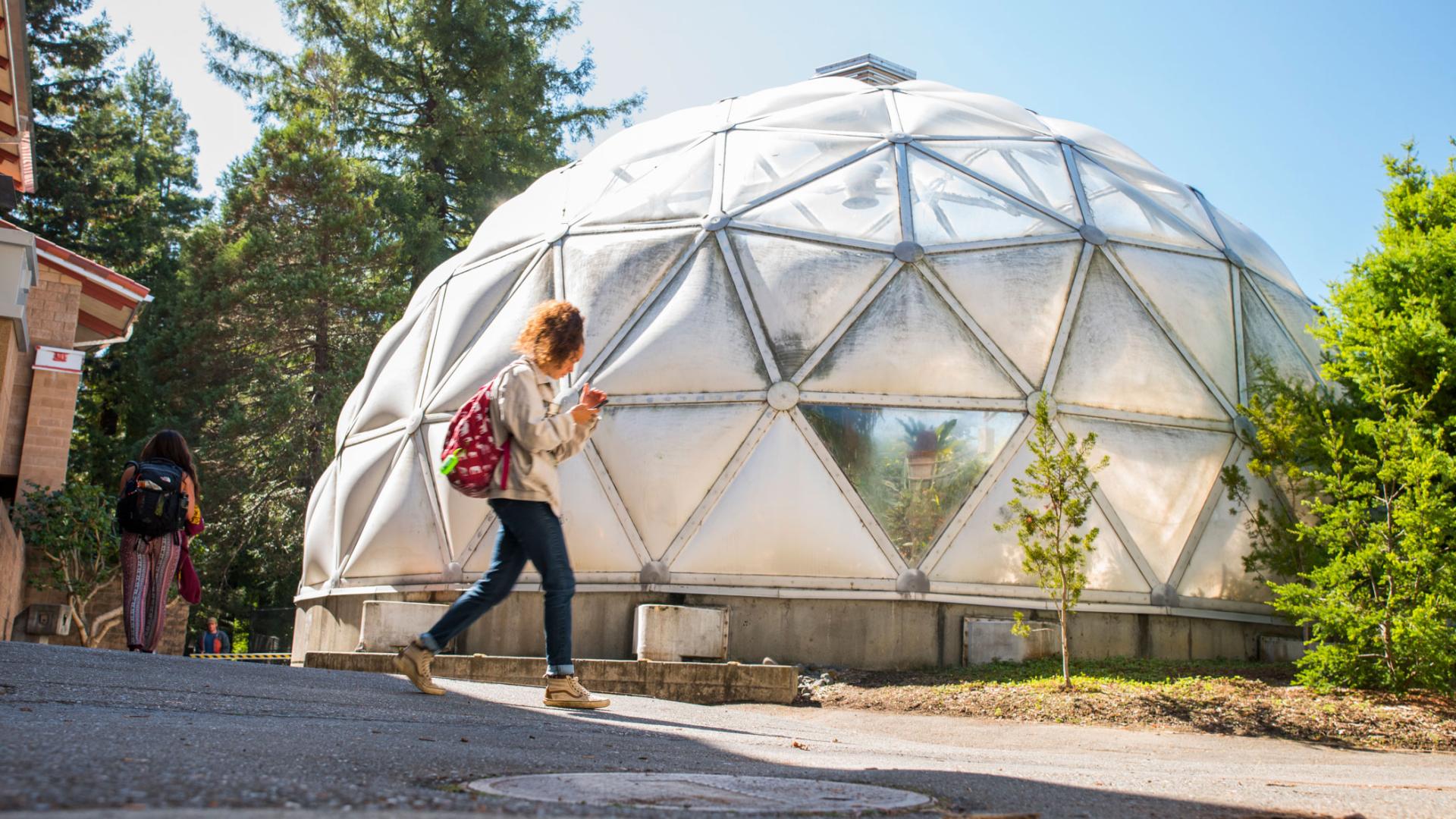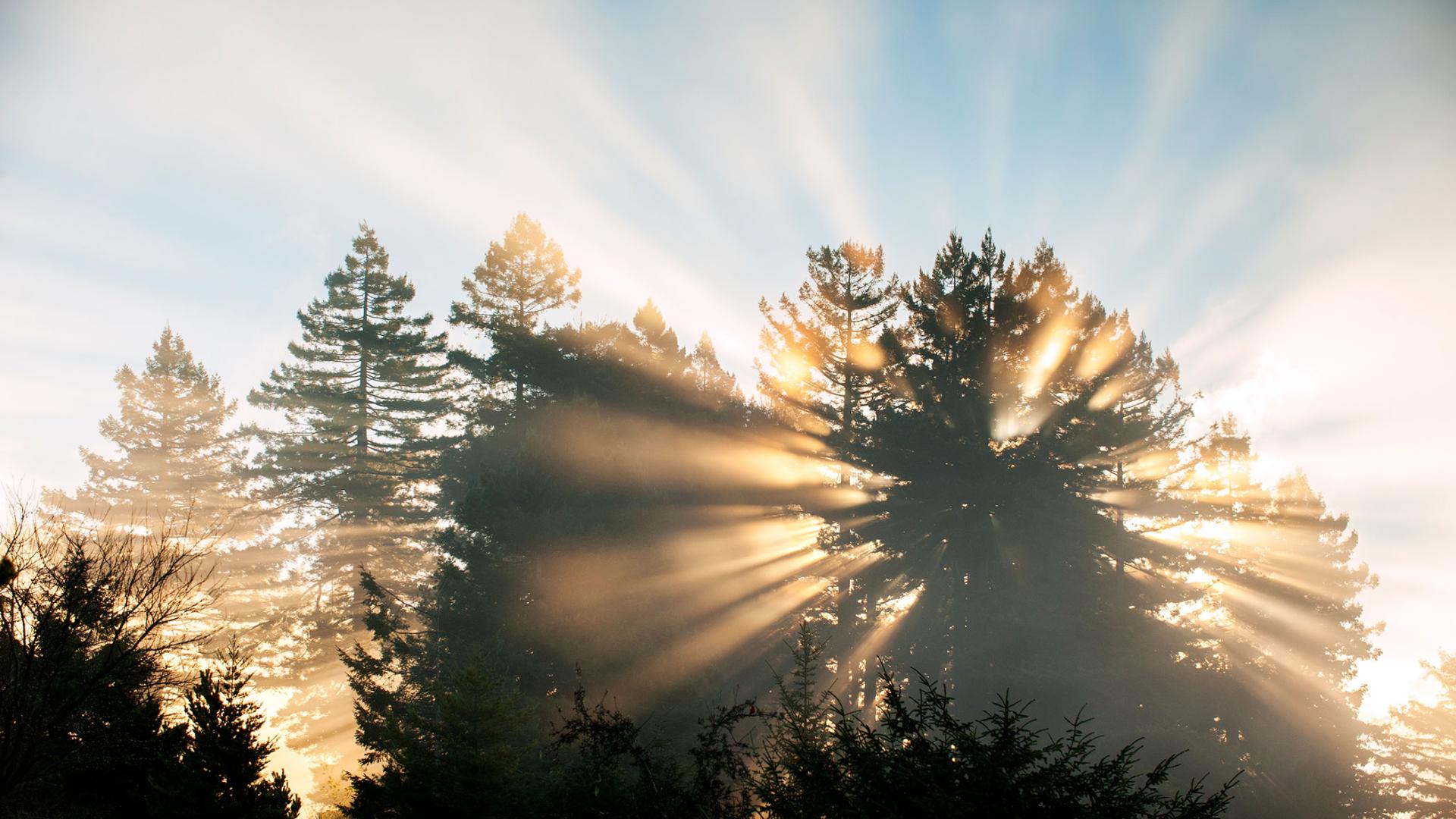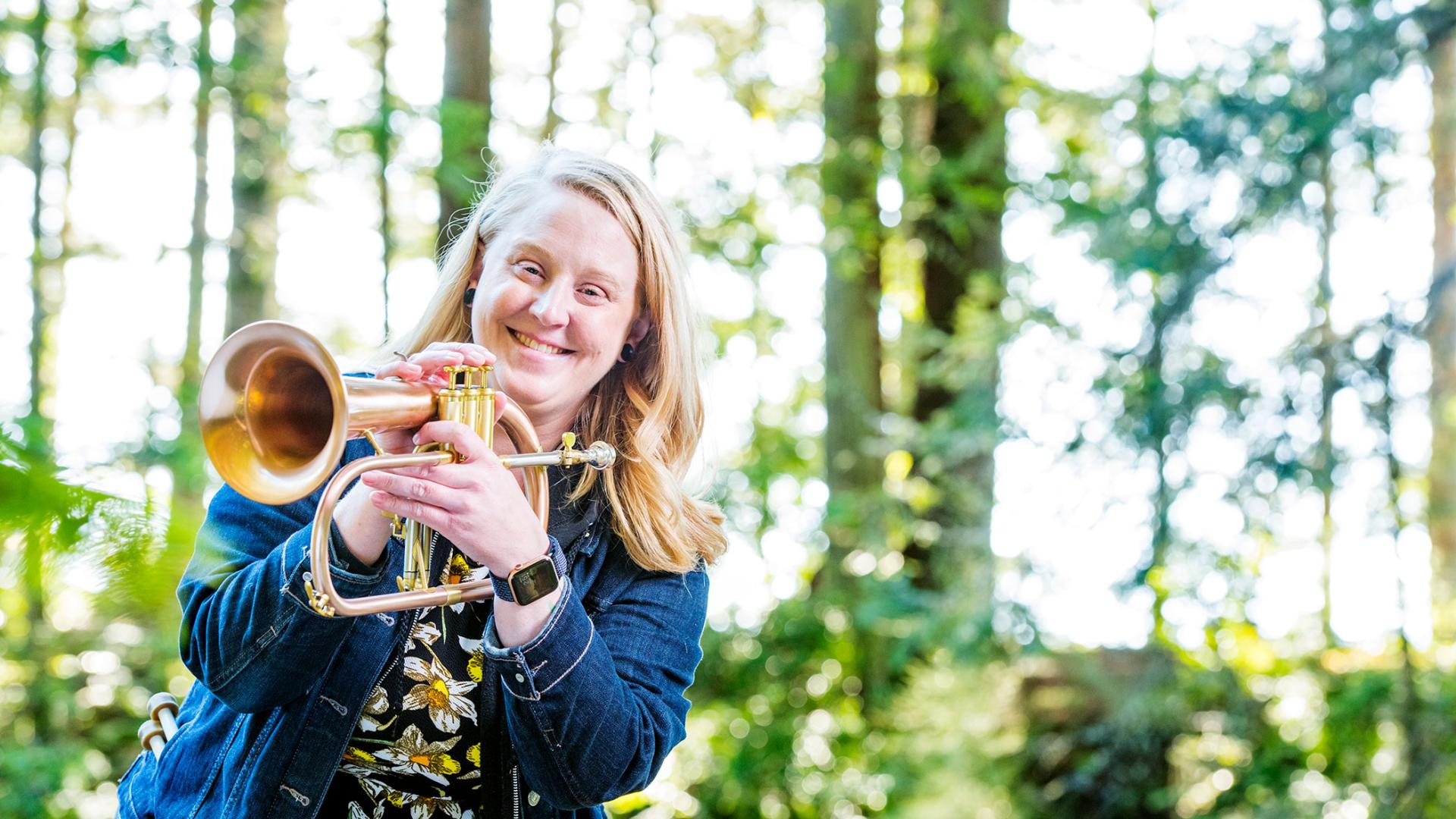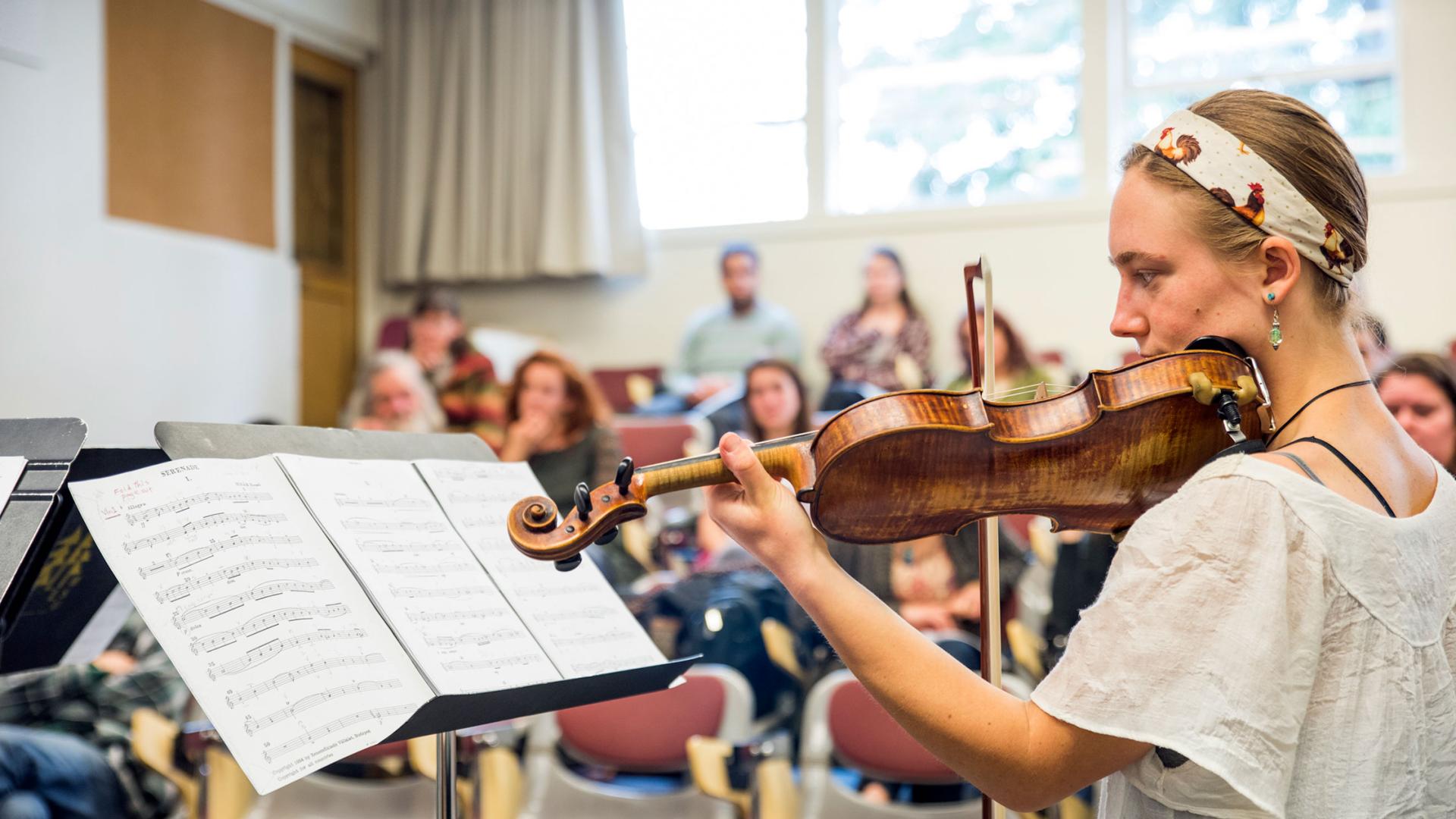Breadcrumb
Achievements
Publications and achievements submitted by our faculty, staff, and students.
William Wood
Chemistry
William Wood, Terrence McGlynn (CSU Dominguez Hills) and the student, Thuy-Tien Hoang, reported their research on the alarm pheromones of Costa Rican turtle ants ants.
Volatile components from the mandibular glands of the turtle ants, Cephalotes alfaroi and C. cristatus. William F. Wood, Thuy-Tien Hoang, Terrence P. McGlynn. Biochemical Systematics and Ecology 39, 135-138 (2011).
William Wood and Warren Wood
Chemistry
William Wood and Warren Wood (University of Portland) and three of their undergraduate students had their research on western thatching ants published.
Chemical analysis of the defensive secretion from the western thatching ant, Formica obscuripes. Gloriane W. Faith, Brian G. Solliers, Rachel M. Feeny, Warren J. L. Wood and William F. Wood. Journal of Undergraduate Chemistry Research 10, 15-17 (2011).
William Wood
Chemistry
On February 9, William Wood, HSU Chemical Ecologist gave a lecture to the California Native Plant Society: titled “Chemicals – the Language of Plants.” This talk covered how plants use chemical to "talk to other plants.” It also covered many of the toxic compounds plants make to keep from being eaten. Humans now use many of these toxic plant compounds as modern medicinal drugs.
William F. Wood
Chemistry
A major focus of William Wood's research has been the investigation of antibiotics naturally excreted from mammalian skin glands. This December his latest contribution to this area was published in Scientia Pharmaceutica, the Austrian Journal of Pharmaceutical Sciences. It describes a series of antimicrobial compounds that were prepared using a compound from an African antelope as a model.
William F. Wood, “Synthesis and Antimicrobial Activity of Long-Chain 3,4-Epoxy-2-alkanones” Scientia Pharmaceutica 78, 745-751 (2010). doi:10.3797/scipharm.1009-02
William Wood
Chemistry
An article titled “Bird Photography” and 12 photographs was published in the November issue of Redwood Snapshots, a publication of the Redwood Camera Club.
Photographing birds has long been an important aspect of William Wood’s nature photography. In this article he describes techniques for successfully photographing these animals
Richard A. Paselk
Chemistry
Rich Paselk (Chemistry) presented a paper (5 October 2010) at the XXIX Symposium of the Scientific Instrument Commission of the International Union for the History and Philosophy of Science in Florence, Italy : "The Display of 20th-Century Scientific Instruments at Humboldt State University,"
Matthew Hurst
Chemistry
Published an article in the journal Continental Shelf Research on the unusually high levels of bioavailable particulate iron and how it may be responsible for the high productivity found on the Bering Sea shelf.
Hurst, Matthew P., Aguilar-Islas, Ana M., and Kenneth W. Bruland (2010). Iron in the southeastern Bering Sea: Elevated leachable particulate Fe in shelf bottom waters as an important source for surface waters. Continental Shelf Research, 30, 467-480.
Kjirsten Wayman
Chemistry
Published an article in the journal Phytochemistry on the chemotaxonomy of plant species in the genus Pseudowintera, a New Zealand endemic genus.
Kjirsten A. Wayman, Peter J. de Lange, Lesley Larsen, Catherine E. Sansom, Nigel B. Perry, “Chemotaxonomy of Pseudowintera: Sesquiterpene dialdehyde variants are species markers”, Phytochemistry 2010, 71, 766-772.
Joshua R. Smith
Chemistry
Jun Zhu, Christian Dahlstrand, Joshua R. Smith, Sébastien Villaume, and Henrik Ottosson; Symmetry 2010, 2(3), 1653-1682
On the Importance of Clar Structures of Polybenzenoid Hydrocarbons as Revealed by the π-Contribution to the Electron Localization Function
William Wood
Chemistry
An article titled "Candid Photographic Portraits" and 9 photographs was published in the September issue of Redwood Snapshots, a publication of the Redwood Camera Club.
Candid photography, sometimes called “street photography,” has long been an important aspect of William Wood's phtography. It involves taking photos of people acting spontaneously in their natural environment. These photographs preserve an instant in people’s lives when they are relaxed and behaving naturally.





